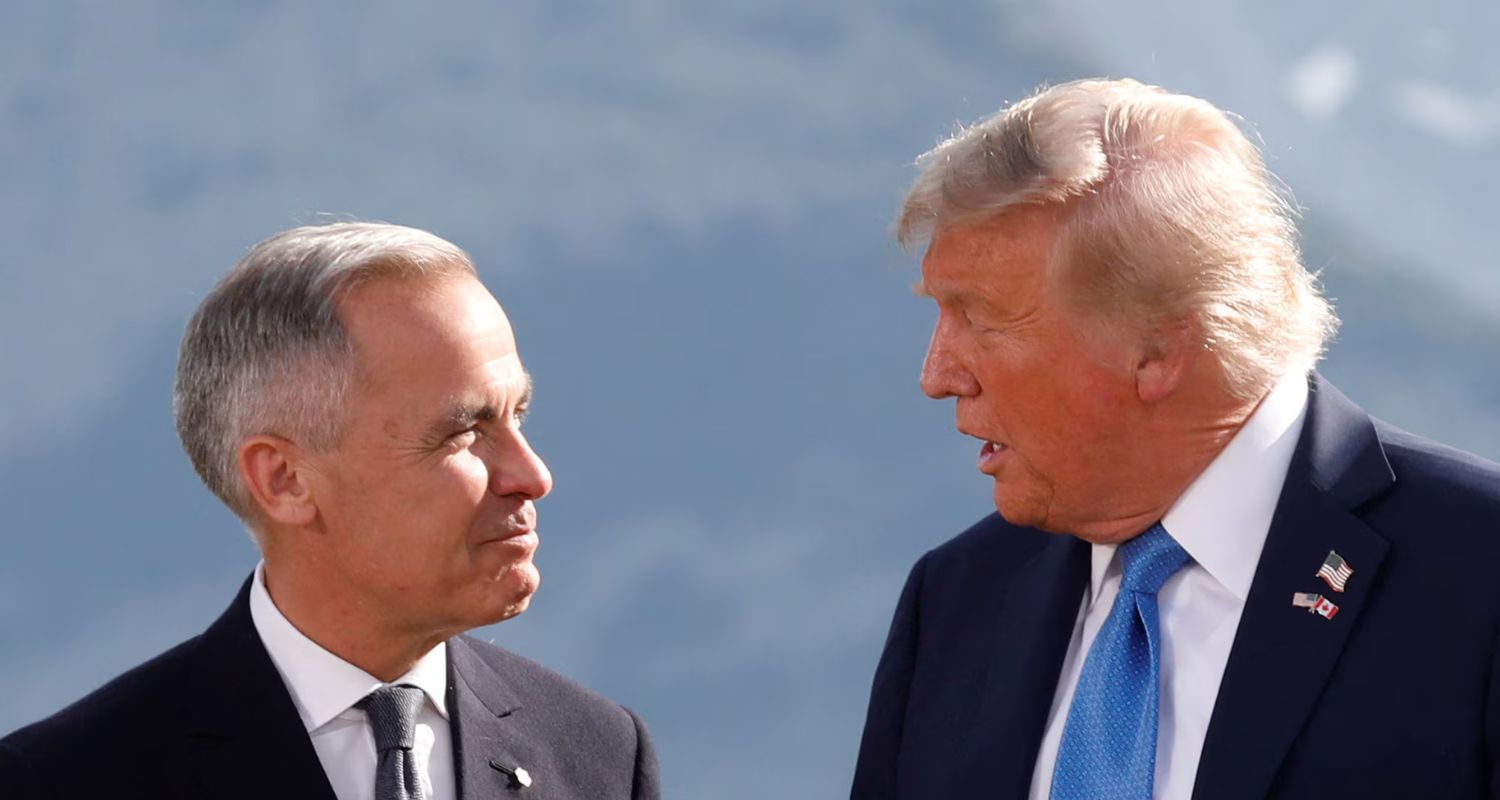US President Donald Trump signed an executive order imposing reciprocal tariffs ranging from 10 per cent to 41 per cent on imports from over 70 countries. The tariffs are a key part of his strategy to address what he views as long-standing imbalances in global trade practices. Indian imports, in particular, will face a 25 per cent tariff.
The new tariff rates are set to go into effect in seven days. The White House has also released updated rates for numerous other countries, with a standard 10 per cent tariff applying to any country not specifically named in the order. A senior administration official stated that the rates were determined based on each country's trade imbalance with the US and its regional economic characteristics.
In a separate move, the US raised its tariff on Canada from 25 per cent to 35 per cent, effective August 1. The White House justified this increase by citing Canada's "continued inaction and retaliation" regarding what the administration described as the "illicit drug crisis" at the northern border, particularly concerning the flow of fentanyl. This increased tariff applies to goods not covered by the United States-Mexico-Canada Agreement (USMCA).

BREAKDOWN OF RECIPROCAL TARIFF RATES
- 41% Tariff: Syria
- 40% Tariff: Laos, Myanmar (Burma)
- 39% Tariff: Switzerland
- 35% Tariff: Iraq, Serbia
- 30% Tariff: Algeria, Bosnia and Herzegovina, Libya, South Africa
- 25% Tariff: India, Brunei, Kazakhstan, Moldova, Tunisia
- 20% Tariff: Bangladesh, Sri Lanka, Taiwan, Vietnam
- 19% Tariff: Pakistan, Malaysia, Indonesia, Cambodia, Philippines, Thailand
- 18% Tariff: Nicaragua
- 15% Tariff: Israel, Japan, Turkey, Nigeria, Ghana, and many others
- 10% Tariff: Brazil, United Kingdom, Falkland Islands
- For the European Union, goods with US duty rates above 15% are exempt from new tariffs, while goods with duty rates below 15% will have their tariffs adjusted to equal 15% minus the current duty rate.
US Tariffs to Take Effect with Different Timelines for Various Countries
The new reciprocal tariffs, signed by US President Donald Trump, are set to take effect on a staggered schedule, according to a White House fact sheet. For over 70 countries, including India, the new tariff rates will be implemented seven days after the executive order was signed. The policy includes a grace period for goods already in transit: imports loaded onto ships by August 7 and arriving in the US by October 5 will not be subject to the new rates.
However, a specific exception has been made for Canada. The newly announced 35 per cent tariff on Canadian imports will take effect much sooner, on August 1, just hours after the order's release.
Rationale behind the new tariffs
Trump previously declared a national emergency under Executive Order 14257, claiming that ongoing trade deficits represent a 'unusual and extraordinary threat' to national security. This executive order expands on that declaration. Trump used senior officials' recommendations and updated intelligence to support the new tariffs, emphasising "the continued lack of reciprocity in our bilateral trade relationships" and the detrimental effects of non-tariff and tariff barriers on the global economy.
Trump commented that some trading partners' offers "do not sufficiently address imbalances," while others have "failed to engage in negotiations or to take adequate steps to align with the United States on economic and national security matters."
Also Read: Trump slams India, Russia calls them 'dead economies'
Status of China and India trade deals
The new tariffs come as the US continues to engage in trade negotiations with key partners. According to US Treasury Secretary Scott Bessent, a trade agreement with China is still in progress and requires President Trump's final approval. Bessent noted that US negotiators "pushed back quite a bit" during recent trade discussions with Chinese officials in Stockholm. China faces a deadline of August 12 to finalise a lasting tariff agreement with the Trump administration, following preliminary deals made earlier this year to de-escalate the trade conflict.
Regarding India, a senior US official said that a trade deal with the country will not be quickly finalised. The proposed 25% tariff on India is considered a harsher penalty than that imposed on other major trade partners and could jeopardise months of negotiations. The official explained that "challenges with India" stem from its historically "closed market" and a "host of other kind of geopolitical issues," including India's membership in BRICS and its purchases of Russian oil, which the President has expressed concern about.
Also Read: India won't retaliate to Trump's tariff hike, say sources


